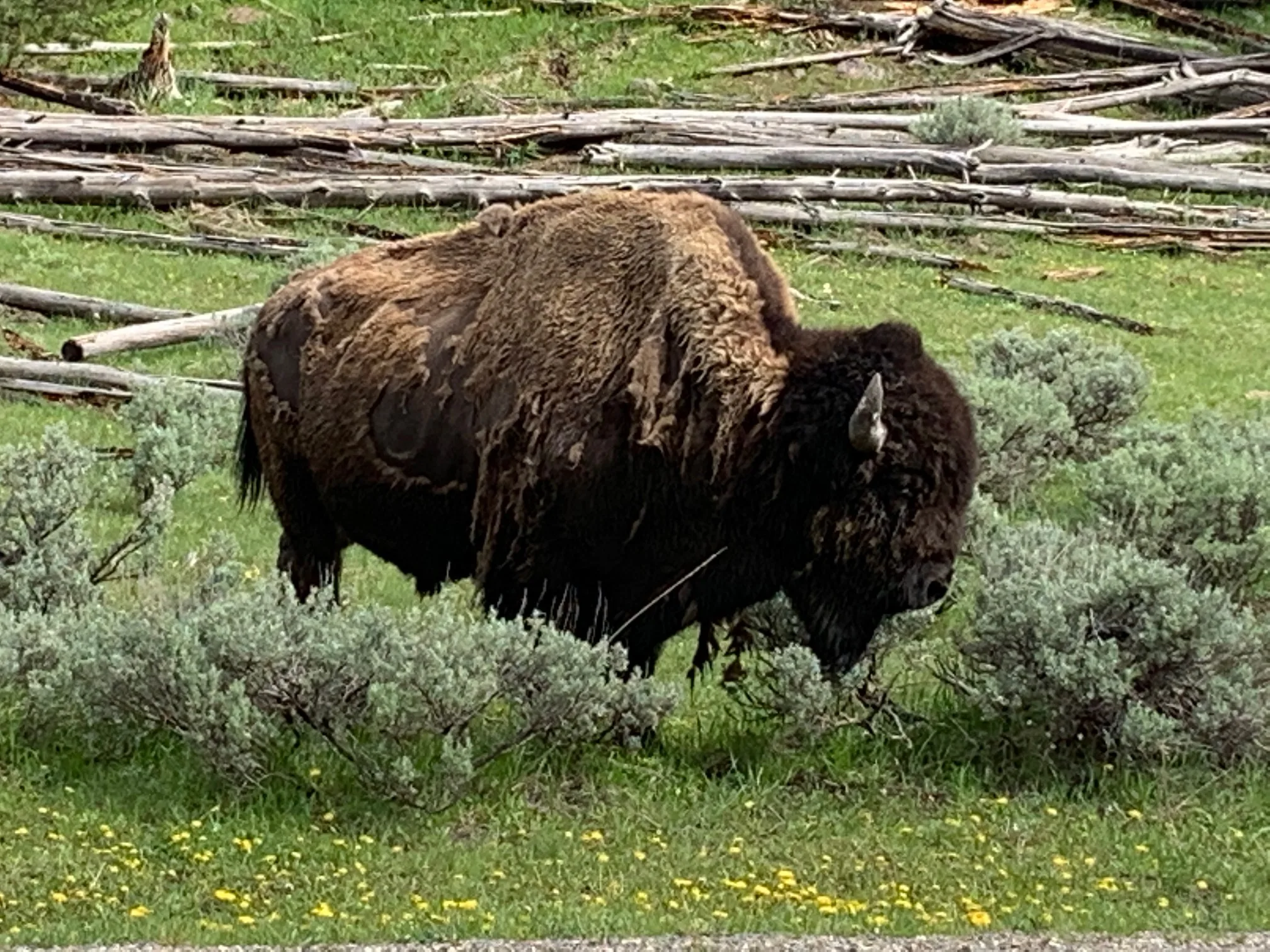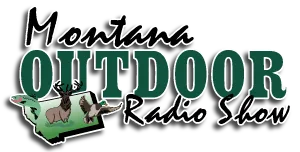Millions of Bison once roamed Montana’s prairies. The Montana ecosystem that they lived in was special and unique. It is no surprise that Montana was one of the last places where the Bison were able to survive.
This amazing mammal was a walking 7 Eleven store for the Native peoples. No part of the Bison needed to go to waste. The bones made tools, hides made clothing and shelter, and the meat fed the people.
Bison are not related to Buffalo. African and Asian Buffalo are similar but do not have the curved horns. Bison acquired the name Buffalo because they are similar in size. A mature Bison can weigh 2,000 lbs. and run 35-45 miles per hour. The fastest human can run 27 miles per hour. Maybe a tad faster if being chased by a Bison.
With the expansion of our nation, the Native peoples resisted more modern development and the Indian wars began. To address this conflict, the massive buffalo herds, which fed the native peoples, were destroyed to near extinction. Little did we know that along with the loss of the Bison, their ecosystem would also dramatically change.
In the past decades, Bison from Yellowstone Park has been reintroduced back into their original habitats. Some of these grasslands are part of the Indians Reservations. Other bison are being ranched on eastern Montana’s grasslands again. It is as if the land is remembering what it needs to be healthy.
A surprising outcome has surfaced. Thanks to the Bison wastes, the grasslands, soils, and biomes are returning to their once healthy state. The chemically unique Bison dung and urine add nutrients to the land as natural fertilizer. The wallows form small ponds and habitats for small birds and other wildlife. Biodiversity is returning to what it once was.

These healthier Grasslands are now better Carbon storing banks. The biomes are becoming naturally balanced.
Bison are not the only solution but perhaps they can model ideas for what we need to do. Farmers that raise Bison need twice as much time to make them ready for the market. Brucellosis and other health issues can be he harmful to domestic critters. Bison are not easily fenced in and feel the need to migrate. With human development, highways, and other fencing, Bison can no longer be nomadic herds.
The grazed, trampled, and wallowed land acts as a filter for water. These flattened areas slow evaporation and transpiration, which keeps more moisture in the soil. Historic Bison herds were once numbered in the millions. Today, less than 2% of that population remains.
Perhaps by preserving and conserving Bison, we can make our Montana grasslands, and other wild places healthier.
No Bull!
Montana Grant




